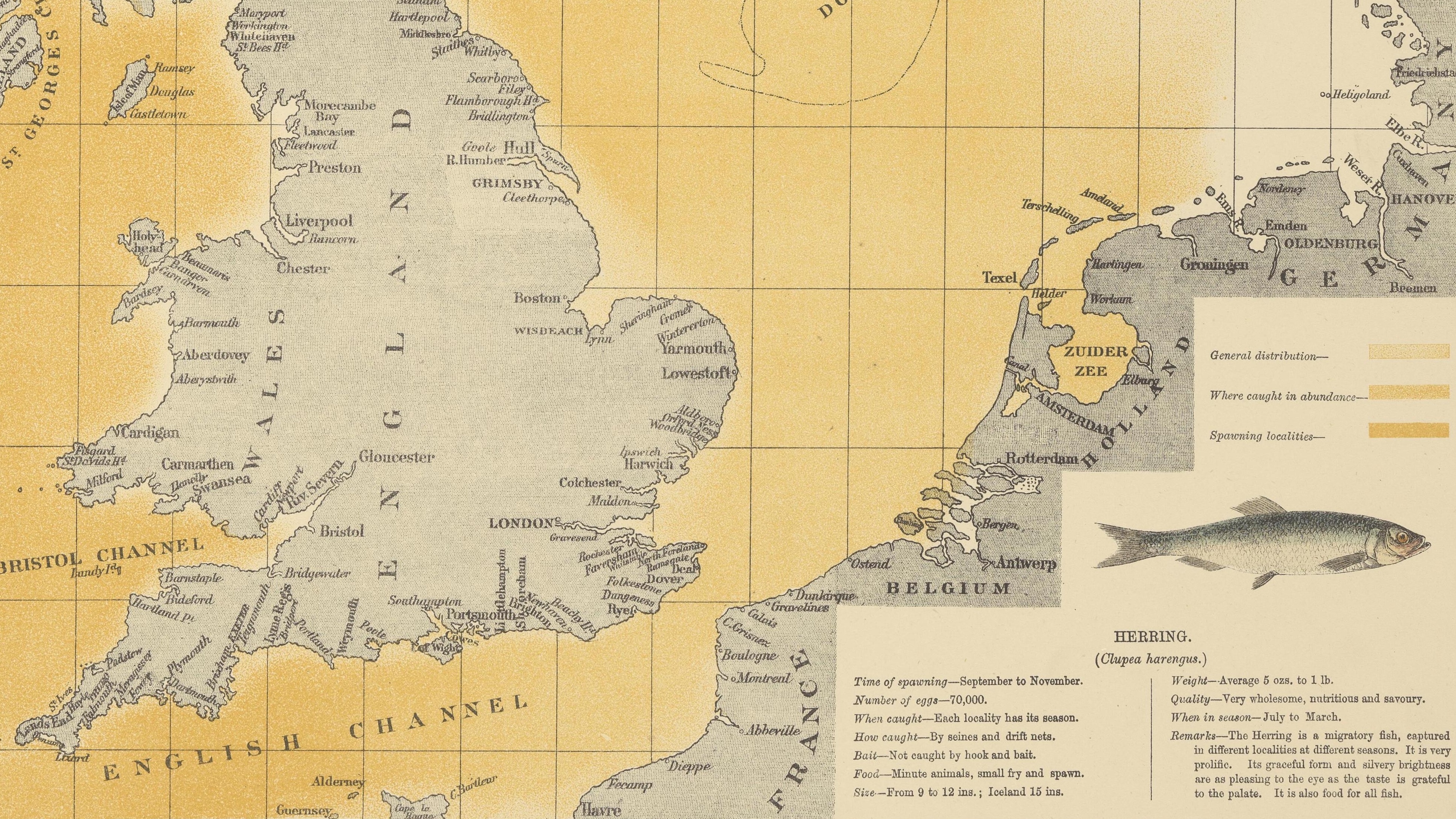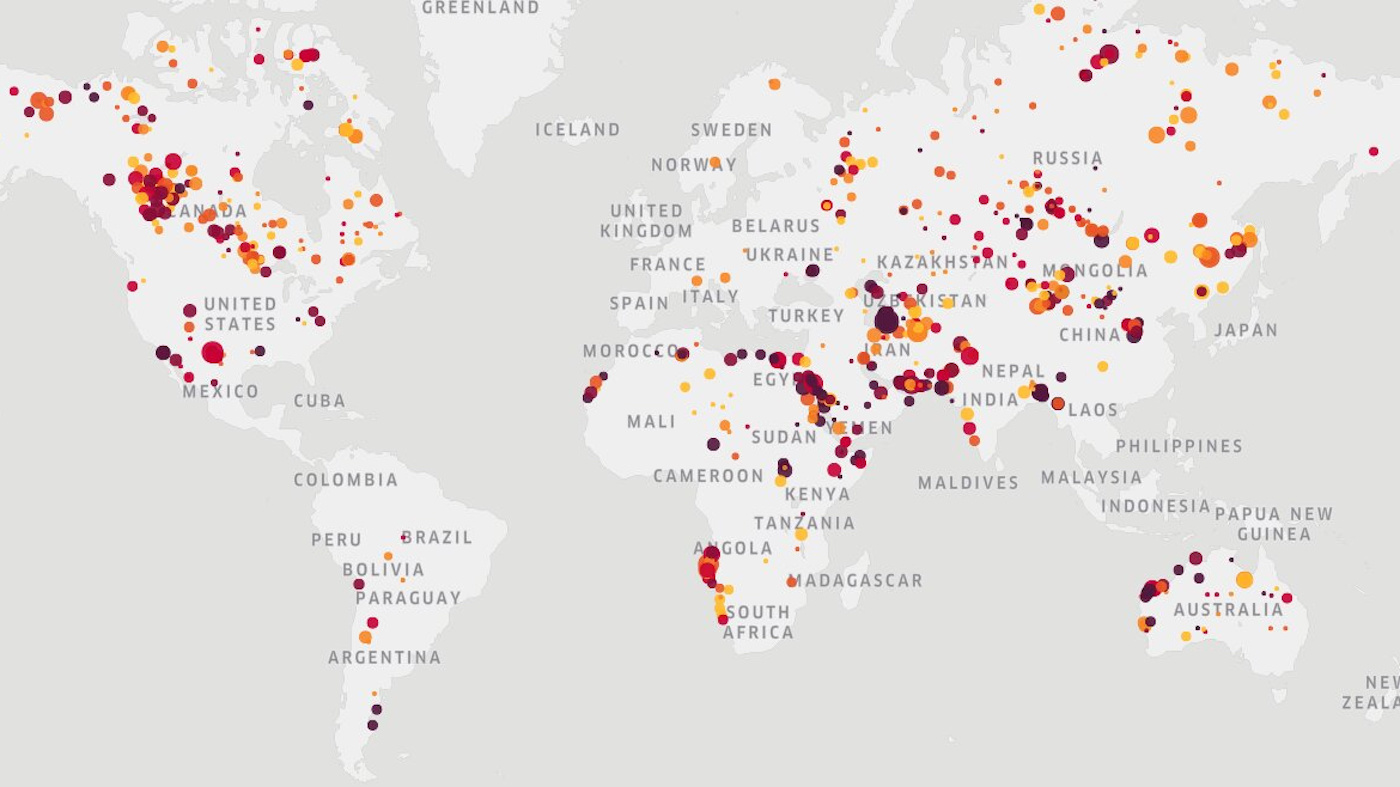You can drink the tap water in these 50 countries — maybe

- Countries with drinkable tap water constitute an elite club with 50 members.
- The members are shown on this map, but it is perhaps too binary and overlooks some key nuances.
- A finer analysis of tap water quality tells another story.
You turn on the tap in your kitchen, and without a second thought, you drink a glass of the water that comes out. Where are you? Most probably in one of the countries marked blue on the map.

Those are the countries where the CDC says the tap water is potable, which means safe to drink, to prepare food and brush your teeth with, and to freeze into ice cubes. As this map shows, it’s hardly a standard convenience the world over. The map shows a familiar binary. Give or take a few countries, we see the developed versus the developing world, high-income versus middle- and low-income countries, the West versus the rest.
Clean water, not always on tap
It’s proof that the complex and costly infrastructure that consistently delivers clean tap water is still well beyond the means of most societies.
So, which 50 countries are in the CDC’s clean tap water club? There’s most of Europe, excluding most of the Balkans, as well as most of the former Soviet states. Notable exceptions in the two latter categories are Croatia and Estonia, respectively, where the tap water is drinkable. In the Americas, just four countries qualify for quality tap water: Canada, the U.S., Costa Rica, and Chile. All of Asia has just seven countries with clean tap water: Israel, Saudi Arabia, Kuwait, the UAE, Singapore, South Korea, and Japan. Australia and New Zealand round out the club.
That leaves out all of Africa, most of Latin America, and the world’s two most populous countries, India and China.

Put another way, fewer than one billion people have a tap at home that issues potable water. If you’re one of them, count yourself lucky. Most people have to boil the water from their taps or depend on public wells and streams to get the water they need. Up to two billion people have no consistent access to safe drinking water.
It’s not so simple
Even countries in the clean tap water club may have areas and periods when the quality of tap water falls below the drinkability threshold. Flint, Michigan was one example. But the inverse also applies.
The map above was produced by QS Supplies — fittingly, a supplier of taps. They also made the infographic below, which captures the more finely graded differences in tap water quality between countries.
The graph uses data from Yale University’s Environmental Performance Index (EPI), which rates water quality based on the number of disability-adjusted life-years lost per 100,000 persons — the so-called DALY rate — due to unsafe drinking water. On the graph, countries with an EPI score of 100 have the cleanest water and are in the top 5th percentile. However, the lower the number, the worse the DALY rate due to dirty tap water.

Ten countries at the center of the droplet have a perfect score. All are from Europe. In other parts of the continent, the EPI score drops off precipitously. Saudi Arabia, which is colored blue on the map based on CDC data, does not do so well on this map (score: 51). The bottom 24 countries on the list are all in Africa. If you’re thirsty in Liberia (9.5), Lesotho (7.2), or Nigeria (4.3), don’t use the tap. Go buy a bottle of something. It’s what Americans are doing, despite being in the blue club.
With a score of 89.3, the U.S. is doing slightly better than Singapore (88.9) and slightly worse than Canada (90.9). Americans drink more than one billion glasses of tap water per day. That sounds like a lot, but it averages to about three glasses per American.
Snobbery and distrust
Compare that to the volume of bottled water the average American drinks each year, which has shot up from 1.6 gallons (6 liters) in 1976 to 34 gallons (139 liters) in 2014. The reason? Partly marketing and snobbery, no doubt. In taste tests, people routinely rate tap water higher if it’s presented in a bottle.
Another factor is the increasing distrust in the quality of tap water. The EPA’s Safe Drinking Water Act (1974) sets legal limits for over 90 substances in tap water, but not for thousands of others, including per- and polyfluoralkyl substances (PFAS), pharmaceutical and personal care products (PPCPs) like drugs, hormones, and fragrances; and perchlorate, a rocket fuel additive.
In other words, the Safe Drinking Water Act might need updating. Until that happens, many Americans may be routinely exposed to substandard tap water and opt for bottled water instead — despite the fact that bottled water can be up to 3,750 times more expensive than tap water.
For more information, see the full article at QS Supplies.
Strange Maps #1224
Got a strange map? Let me know at [email protected].





